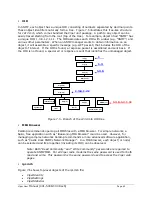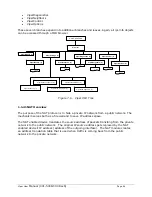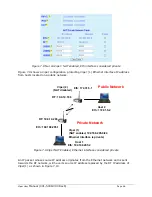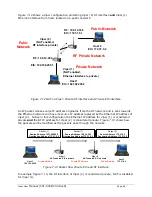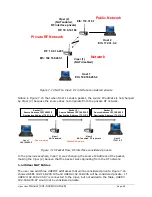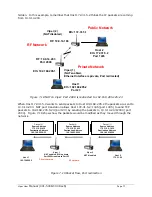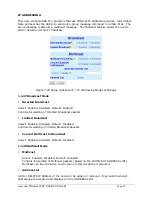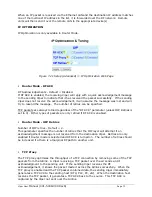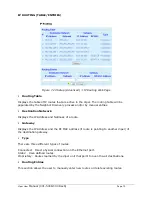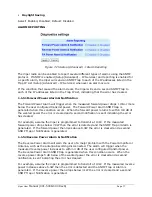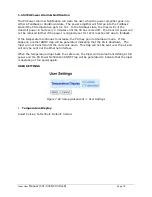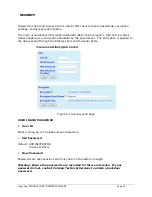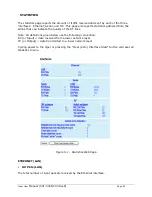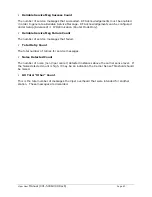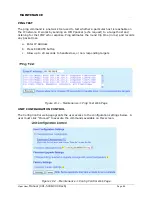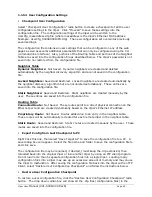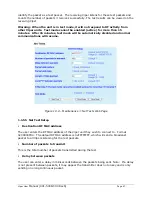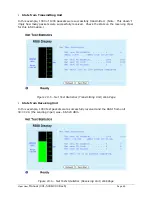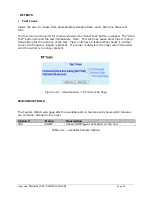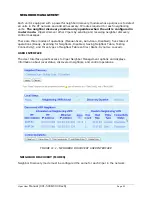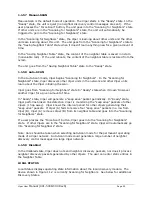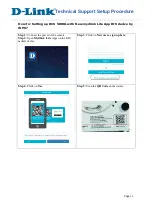
Viper User
Manual (001-5008-000 Rev6)
Page
77
Daylight Saving
Select: Enabled, Disabled; Default: Disabled
ALARM REPORTING
Figure 7.25 Setup (Advanced)
D
Alarm Reporting
The Viper radio can be enabled to report several different types of alarms using the SNMP
protocol. If SNMP is enabled (Setup (Advanced) – IP Services) and reporting is enabled for
a specific alarm, the Viper will send an SNMP Trap to each of the IP addresses listed in the
Trap IP List (Setup (Advanced) – IP Services) whenever an alarm occurs.
If the condition that caused the alarm clears, the Viper will send a second SNMP Trap to
each of the IP addresses listed in the Trap IP List, indicating that the error has cleared.
1.1.51
Forward Power Alarm & Notification
The Forward Power Alarm will trigger when the measured forward power drops 1 dB or more
below the user configured transmit power. The Forward Power Alarm SNMP trap is
generated when this condition occurs. When the forward power returns to within 0.8 dB of
the wanted power the error is cleared and a second notification is sent indicating the error
has cleared.
For example, assume the Viper is programmed to transmit at 10W. If the measured
forward power drops below 7.9W then the error is detected and the SNMP Trap or Alarm is
generated. If the forward power then rises above 8.3W the error is cleared and a second
SNMP Trap or Notification is generated.
1.1.52
Reverse Power Alarm & Notification
The Reverse Power Alarm will warn the user of a major problem with the Power Amplifier or
Antenna, such as the antenna becoming disconnected. The alarm will trigger when the
measured reverse power increases to within 3 dB of the user configured transmit power.
The Reverse Power Alarm SNMP trap is generated when this condition occurs. When the
reverse power drops 5 dB below of the wanted power the error is cleared and a second
notification is sent indicating the error has cleared.
For example, assume the Viper is programmed to transmit at 10W. If the measured reverse
power increases above 5.0W then the error is detected and the SNMP Trap or Alarm is
generated. If the reverse power then drops below 3.1W the error is cleared and a second
SNMP Trap or Notification is generated.

